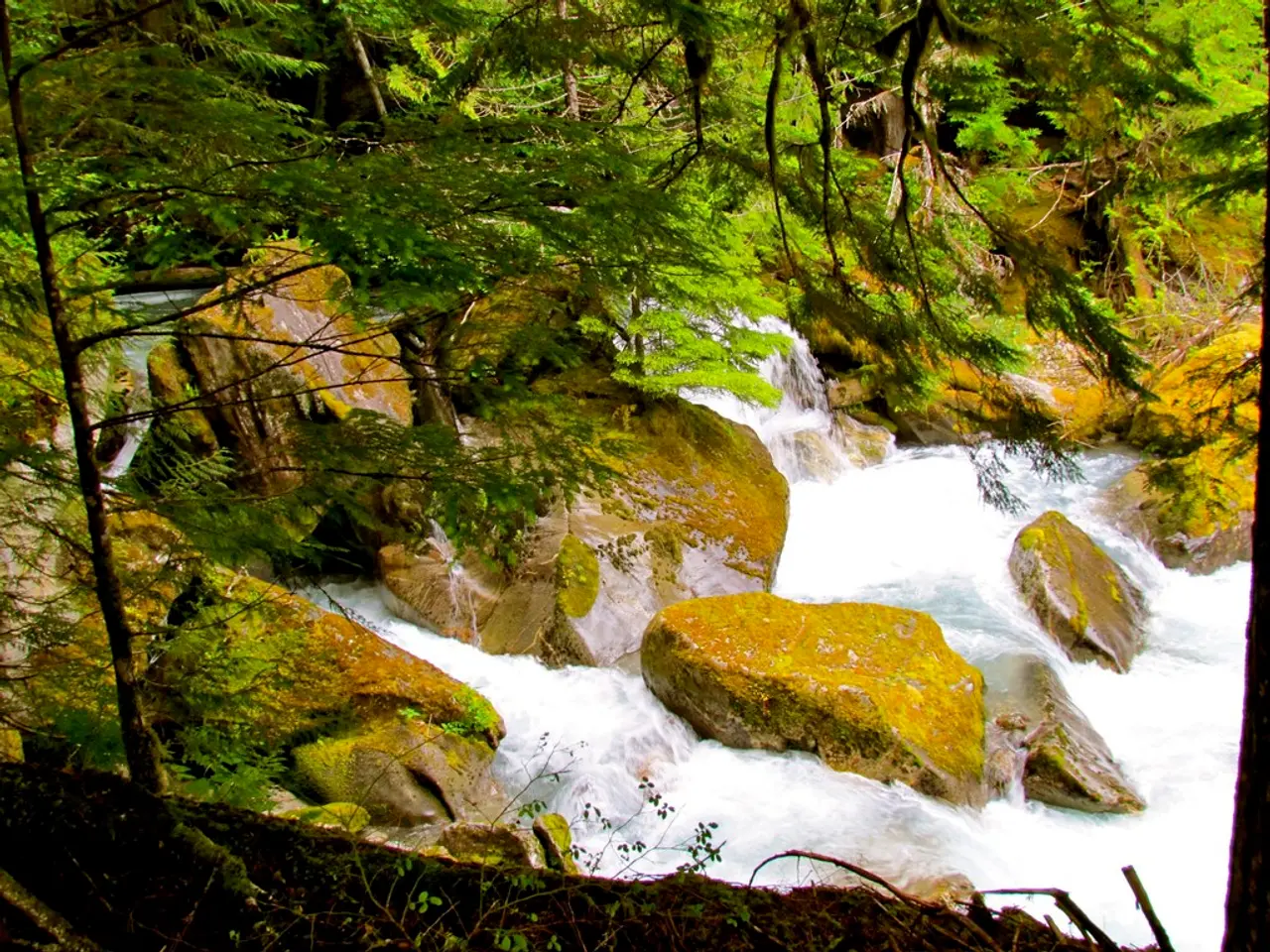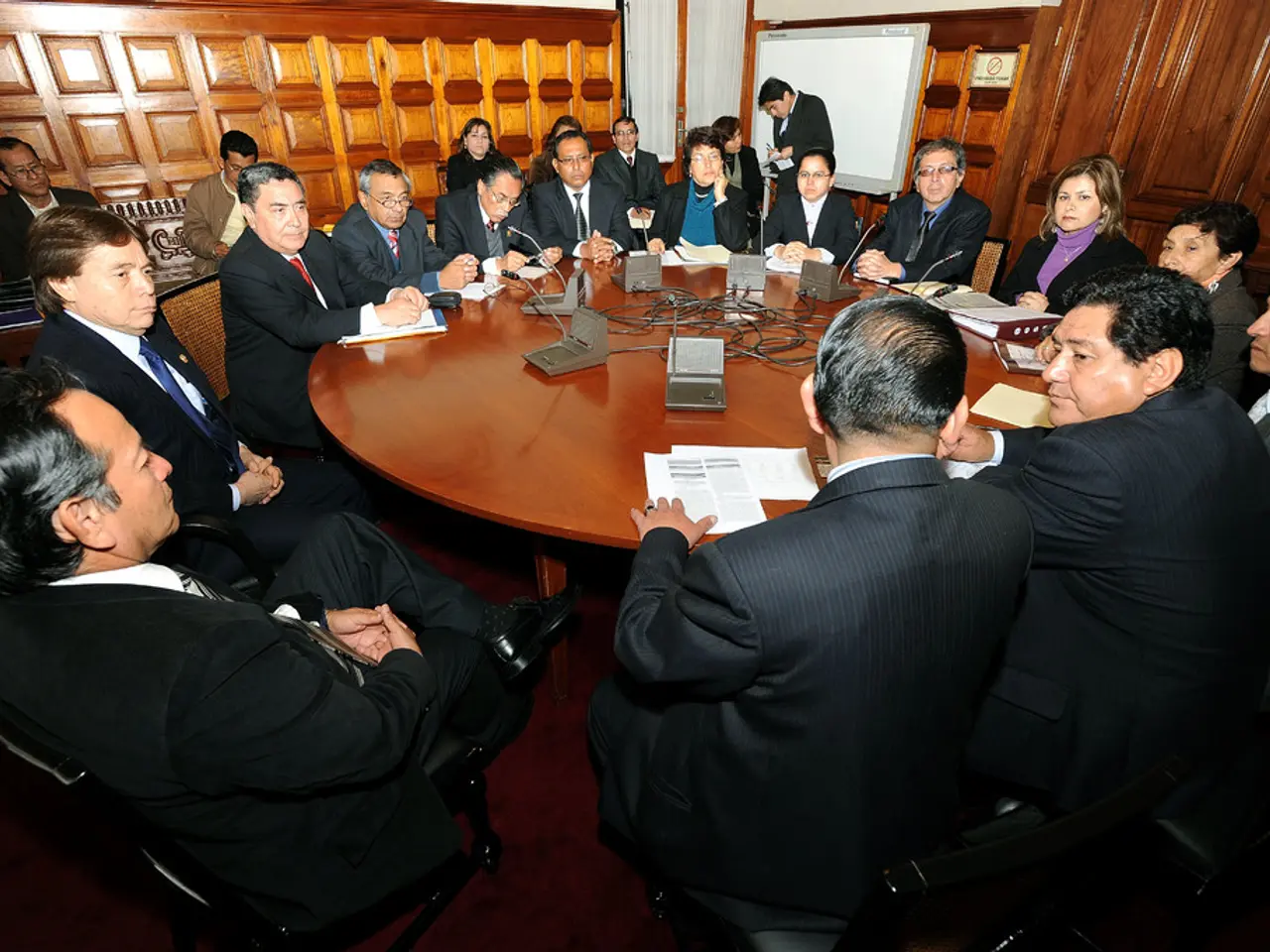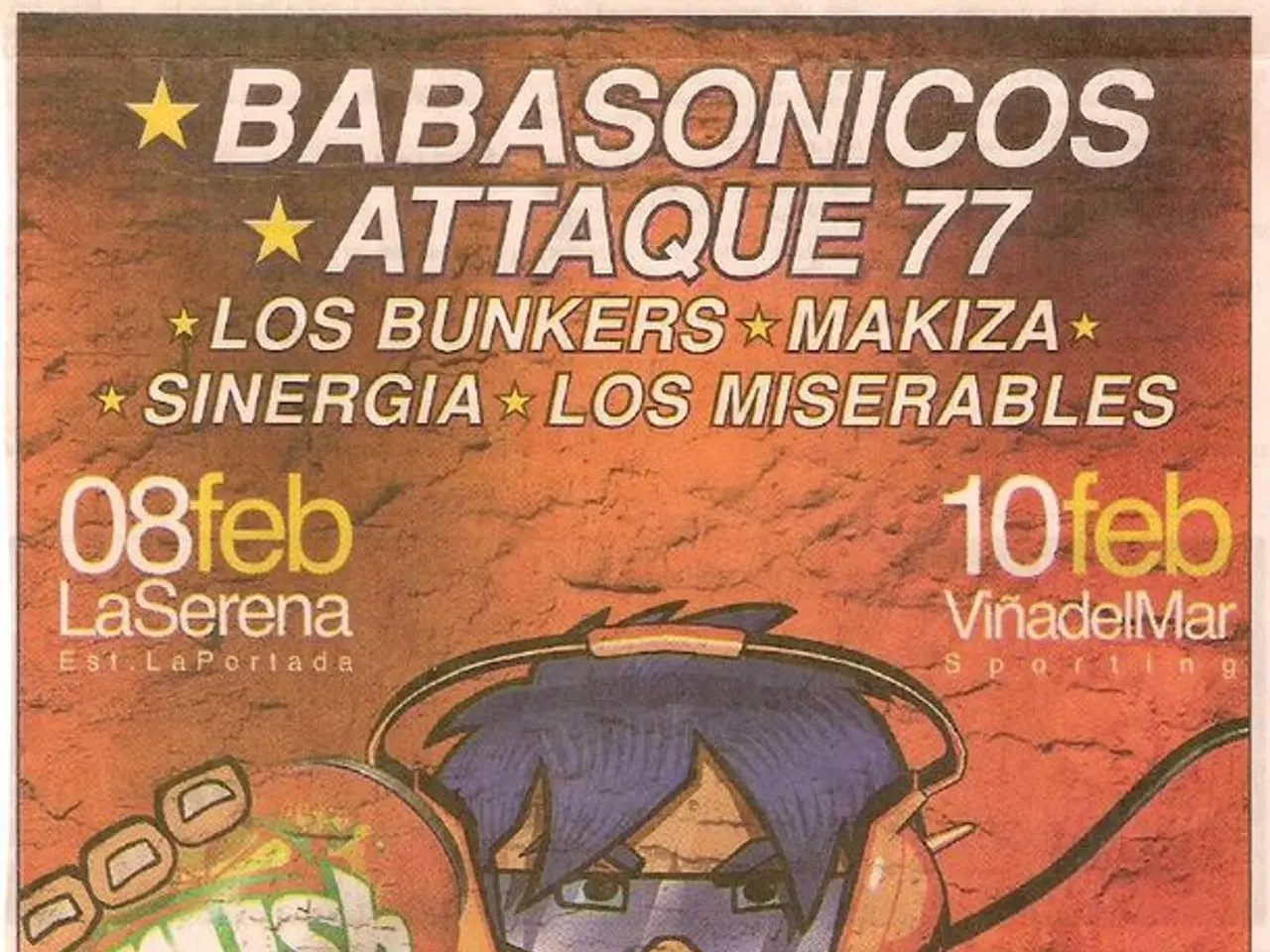Earth's Impact Site in Ghana, a crater created by a meteor collision: the importance of preservation
The Bosumtwi impact crater in Ghana, a unique geological and geoheritage site, is under threat from illegal artisanal mining. This precious natural landmark, which is over a million years old, serves as a sacred site for the Ashanti people and offers unparalleled opportunities for studying impact processes, climate history, and planetary evolution.
Located in Ghana's mineral-rich Ashanti gold belt, the Bosumtwi impact crater is one of only 20 confirmed impact crater sites on the African continent and one of 190 worldwide. It is also the only natural inland lake in Ghana, making it a breathtaking landscape that supports eco-tourism and local livelihoods, contributing to Ghana's economic development.
However, the area is facing severe threats due to illegal mining activities. These operations, conducted by individuals or small groups using basic tools and rudimentary machinery, involve the use of toxic chemicals such as mercury and cyanide. This leads to environmental degradation, including contamination of the crater lake, deforestation, accelerated soil erosion, and destruction of geological features.
The illegal mining encroachment not only threatens the scientific value of the crater but also its cultural significance. For the Ashanti people, the crater lake is a sacred site and spiritual landmark, integral to their ancestral traditions. If unchecked, these activities could lead to irreversible damage to the crater's environment and sustainability, destroying critical geological evidence and damaging the crater's scientific, cultural, and economic value.
To preserve the Bosumtwi crater for future generations, urgent and multi-faceted actions are required. These include stricter enforcement of mining bans and regulations, enhanced satellite and remote sensing monitoring, community engagement and education programs, developing and supporting eco-tourism and other sustainable economic alternatives, and collaboration with national and international geoheritage organizations.
By implementing these measures effectively and urgently, we can safeguard the unique natural, cultural, and scientific legacy of the Bosumtwi impact crater for current and future generations of scientists, local people, tourists, and educators.
References:
[1] Adu-Gyamfi, E. A., & Asante-Duah, M. (2018). Environmental impacts of artisanal and small-scale mining in the Bosumtwi impact crater, Ghana. Journal of Environmental Management, 212, 181-190.
[2] Asante-Duah, M., Adu-Gyamfi, E. A., & Yeboah, E. (2019). Bosumtwi impact crater: A geoheritage site under threat from artisanal and small-scale mining in Ghana. Journal of Geosciences and Environment Protection, 7(12), 123.
[3] Gyamfi, E. A., Asante-Duah, M., & Yeboah, E. (2020). The cultural significance of the Bosumtwi impact crater to the Ashanti people of Ghana. African Journal of Earth and Environmental Sciences, 11(3), 241-248.
[4] International Union of Geological Sciences. (2017). Geoheritage Sites. Retrieved from https://www.iugs.org/geoheritage/sites.html
[5] Nkrumah, K. A., & Duah, S. K. (2017). Environmental degradation and sustainable development in the Bosumtwi impact crater, Ghana. Journal of Sustainable Development in Africa, 19(2), 156-169.
- The Bosumtwi impact crater, a significant geological site and geoheritage site, offers valuable opportunities for studying various aspects of both climate history and planetary evolution.
- The scientific value of the Bosumtwi impact crater is not limited to geology alone; it also contributes to our understanding of environmental science, particularly the impact of illegal mining on health-and-wellness and the environment.
- Given its role as a unique natural landmark and a sacred site for the Ashanti people, the Bosumtwi impact crater's preservation is essential for cultural preservation and education.
- Interest in the Bosumtwi impact crater extends beyond scientific and cultural circles, as it also plays a key role in space-and-astronomy, thereby offering novel opportunities for interdisciplinary learning in education.




